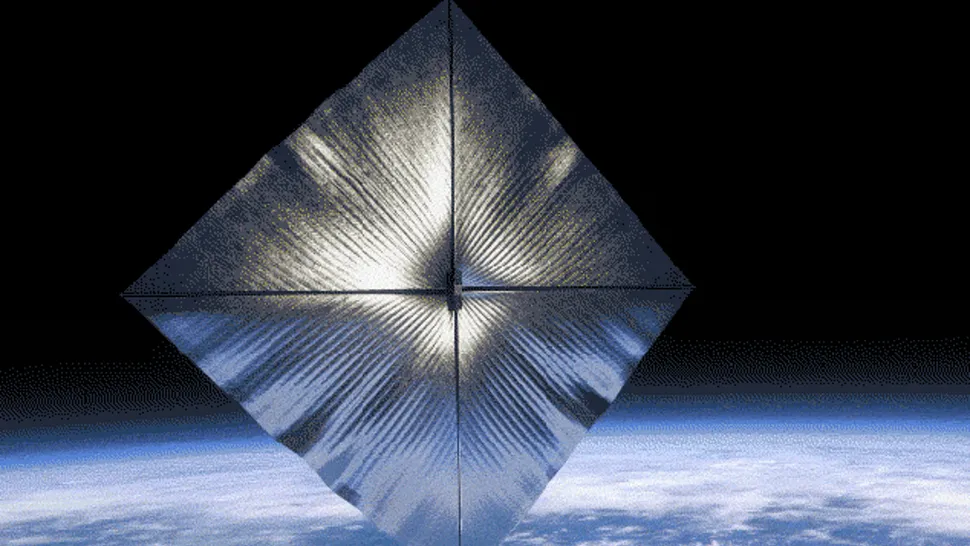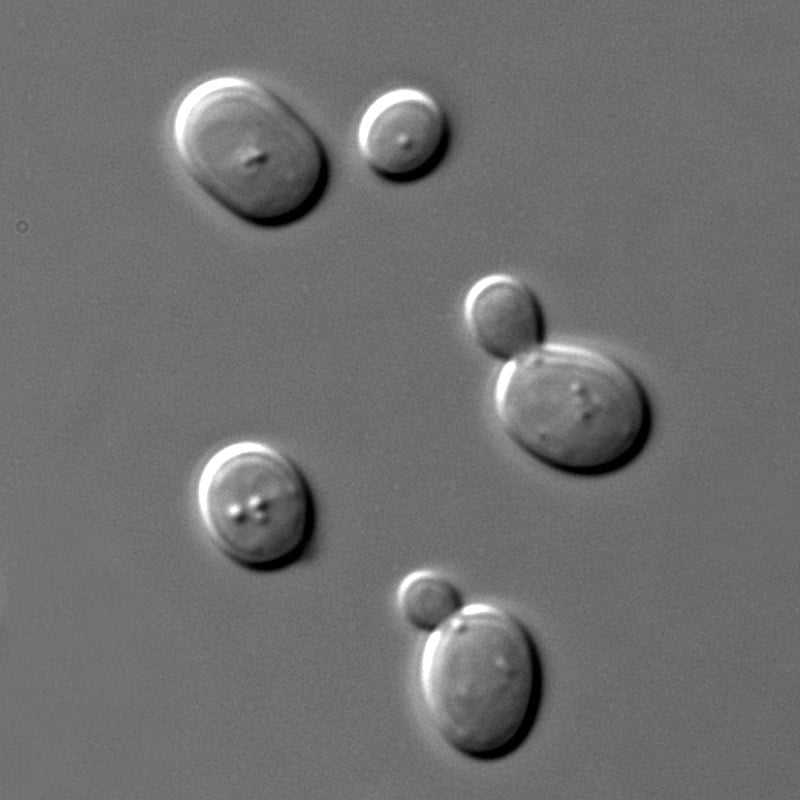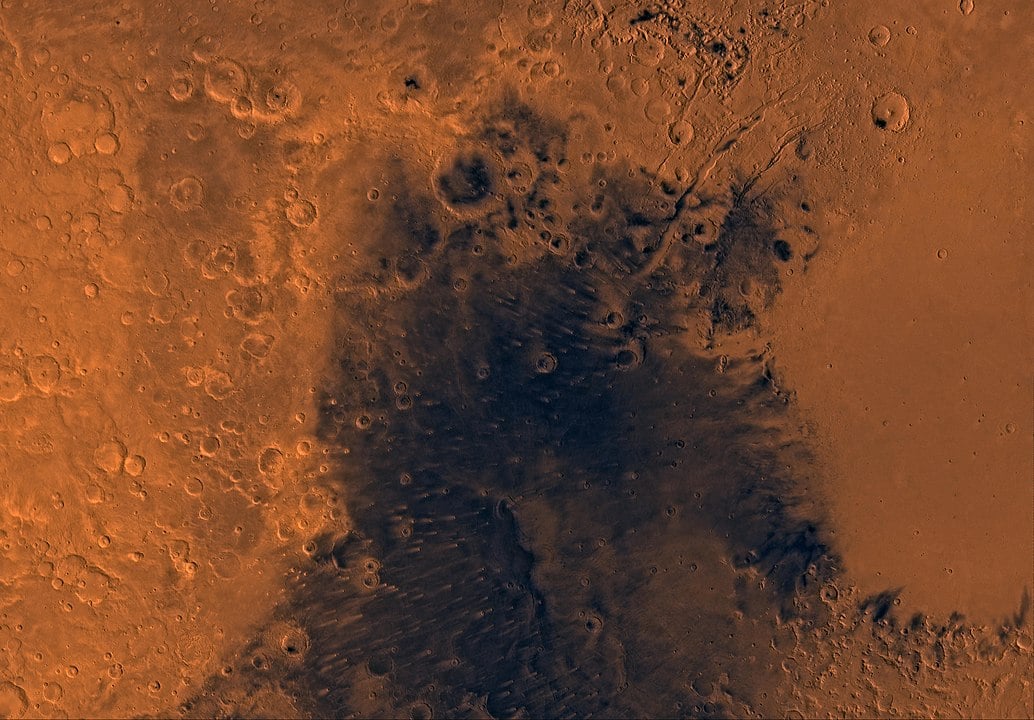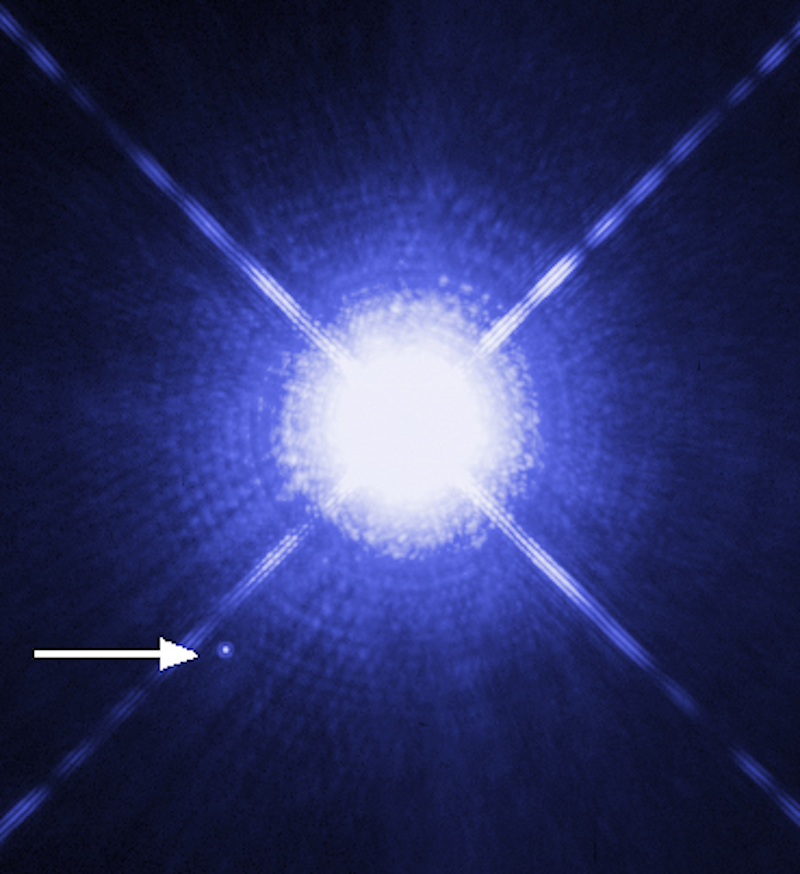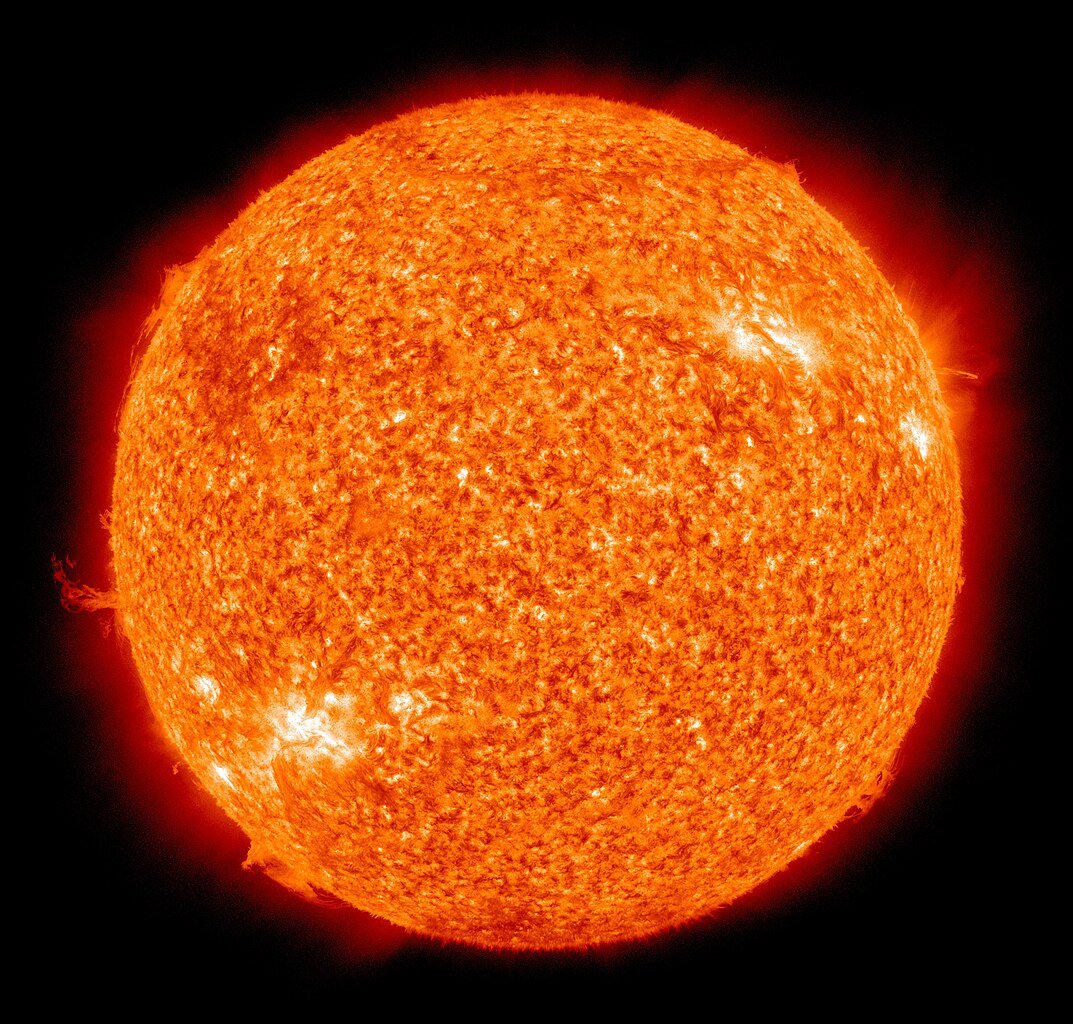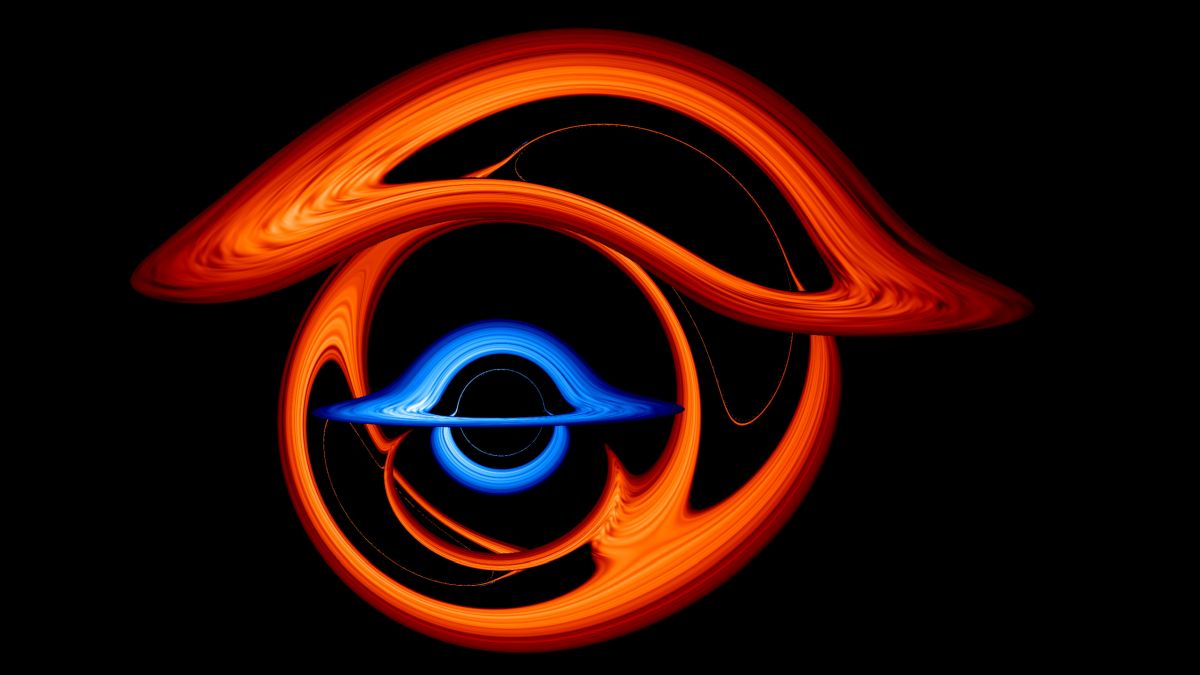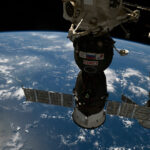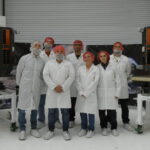Use cases for smart materials in space exploration keep cropping up everywhere. They are used in everything from antenna deployments on satellites to rover deformation and reformation. One of the
Rather randomly I’ve just returned from a theatre tour where my science show featured yeast in one of the experiments, so when research about yeast surviving Martian conditions crossed my
Mars is a planet of mystery! Its surface today is cold and dry, yet evidence suggests it was once home to flowing water. Most of the planet’s remaining ice sits
White dwarfs are stellar corpses, the slowly cooling remnants of stars that ran out of fuel billions of years ago. Our Sun will eventually share this fate, collapsing into a
It rains on the Sun! Although not in any way we’d recognise from Earth. In the Sun’s corona, the superheated atmosphere that extends millions of kilometres above its visible surface,
Scientists have begun to piece together the origin story of a cataclysmic collision between two black holes that met their fate on an unusual orbital path. The merger, designated GW200208_222617
Impulse Space, the California-based venture founded by veteran SpaceX engineer Tom Mueller, has unveiled its proposed architecture for delivering medium-sized payloads to the moon, starting as early as 2028.
Explosive volcanic eruptions on early Mars may have transported water ice to equatorial regions, according to a modeling study published in Nature Communications. The authors suggest that these eruptions could
Modularity is taking off in more ways than one in space exploration. The design of the upcoming “Lunar Gateway” space station is supposed to be modular, with different modules being
It’s great to see old astronomical observations come to light. Not only can these confirm or refute what’s known about historic astronomical events, but they can describe what early observers
-
 012024 in Review: Highlights from NASA in Silicon Valley
012024 in Review: Highlights from NASA in Silicon Valley -
 02Panasonic Leica Summilux DG 15mm f/1.7 ASPH review
02Panasonic Leica Summilux DG 15mm f/1.7 ASPH review -
 03How New NASA, India Earth Satellite NISAR Will See Earth
03How New NASA, India Earth Satellite NISAR Will See Earth -
 04And Thus Begins A New Year For Life On Earth
04And Thus Begins A New Year For Life On Earth -
 05Astronomy Activation Ambassadors: A New Era
05Astronomy Activation Ambassadors: A New Era -
06SpaceX launch surge helps set new global launch record in 2024
-
 07Space Force plans new ‘Futures Command’ amid pressure to speed up modernization
07Space Force plans new ‘Futures Command’ amid pressure to speed up modernization


